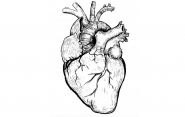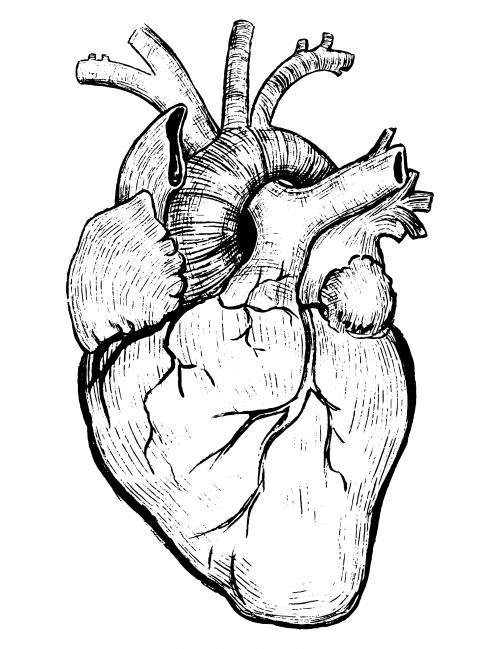Two heart conditions have a similar cause; study finds key difference

Two common and potentially deadly heart diseases can be caused by mutations to the same gene. Surprisingly, though, these two conditions are each associated with very different clinical symptoms. Using engineered heart tissue, a team of researchers bring a clearer understanding of this phenomenon. The results are published in the Journal of Clinical Investigation.
 Hypertrophic cardiomyopathy (HCM) and dilated cardiomyopathy (DCM) are two of the most common forms of genetic heart diseases and are a leading cause of sudden death and heart failure in otherwise young and healthy individuals. HCM is associated with thickening of the heart’s left ventricular wall, while DCM is a condition defined by thinning of the left ventricular wall. Prof. Stuart Campbell and his research team were able to pinpoint the biological mechanisms at play in each condition by carefully comparing an HCM-associated mutation and a DCM-associated mutation side-by-side.
Hypertrophic cardiomyopathy (HCM) and dilated cardiomyopathy (DCM) are two of the most common forms of genetic heart diseases and are a leading cause of sudden death and heart failure in otherwise young and healthy individuals. HCM is associated with thickening of the heart’s left ventricular wall, while DCM is a condition defined by thinning of the left ventricular wall. Prof. Stuart Campbell and his research team were able to pinpoint the biological mechanisms at play in each condition by carefully comparing an HCM-associated mutation and a DCM-associated mutation side-by-side.
“Even though you're tinkering with the same gene, depending on which mutation it is, the heart can be sent in these very divergent clinical directions,” said Campbell, professor of biomedical engineering. “This is a question that has intrigued the field for a while. We want to provide a really sharp picture of what those differences are by studying these two mutations, which are only a few amino acids apart.”
To represent DCM, a mutation of the 54th amino acid of the protein tropomyosin was genetically engineered into a human induced pluripotent stem cell (iPSC) line. For HCM, the 62nd amino acid in tropomyosin was mutated to create a separate iPSC line. Both lines were used to generate engineered heart tissues whose contractile strength and characteristics could then be observed.
“We show pretty clearly that this HCM mutation is leading to what we call hypercontractility - too much contraction,” he said. Campbell and his research team then used a computational model to analyze the data and make inferences about the molecular behavior of mutated tropomyosin, comparing their results with those from their collaborators at Boston University and the University of Massachusetts Lowell. “We saw that it matched, so there was support for those assumptions that we deduced using the computer model.”
DCM, in contrast, causes hypocontractility - the heart tissues don’t produce enough contractile force. The researchers again used a computer model to get a more specific read on the cause.
“In one case, there’s too much contractile activity, and in the other case, there’s not enough contractile activity,” he said. “So we built a really clear picture of that, with some explanations of how that's happening molecularly.”
The next step was to explore ways to treat these conditions. They administered mavacamten, a drug that lowers muscle activity, with the intent of dialing back the heart contractions on samples of engineered human heart tissue with HCM.
“We treated it for a couple of days and then saw that it had brought the tissue back down to its normal levels of contraction.”
They then applied danicamtiv, a drug that causes heart tissue to contract harder, to heart tissue engineered with DCM. In this case, the researchers saw that the tissue had bulked back up to its regular strength, correcting the problem after a few days.
The study’s findings could potentially lead to improving treatments for patients with these conditions.
“We used the tools of our lab to build an explanation for how these gene mutations lead to divergent cardiac diseases, trying very hard not to skip any steps along that pathway of cause and effect,” Campbell said. “And in so doing, we’ve learned more about what really drives these diseases fundamentally.”

